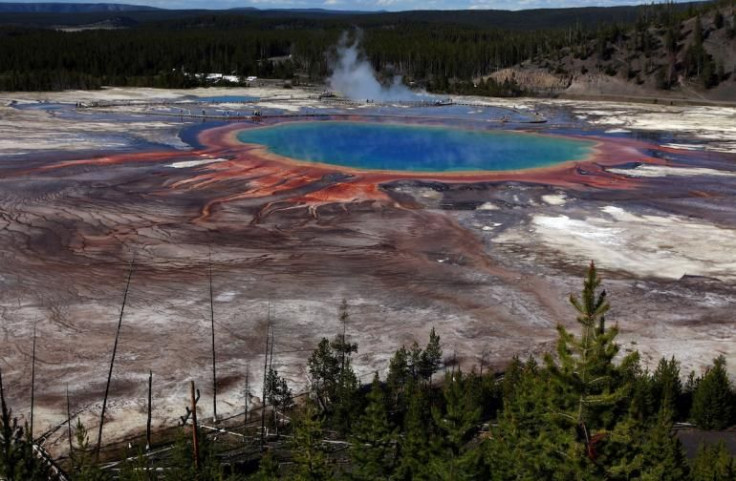Yellowstone Super-Volcano Eruption Plume Could Reach Stratosphere, USGS Warns

A hydrologist from the United States Geological Survey (USGS) revealed that the plume of ash clouds from the eruption of the Yellowstone super-volcano could reach the Earth’s stratosphere. According to the hydrologist, this is a clear indication of how strong the eruption would be once it happens.
For years, the USGS and the Yellowstone Volcano Observatory have been observing the massive caldera located beneath the famous Yellowstone National Park. Based on its previous eruptions, many scientists believe the super-volcano is already overdue for another one.
According to Larry Mastin, a hydrologist of the USGS, the Yellowstone super-volcano is expected to cause an eruption powerful enough to send plumes of ash clouds into the stratosphere, which is 20,000 meters from the Earth’s surface, Express reported.
According to Mastin, the height of the plume is one of the indicators scientists refer to when measuring the eruption of a volcano.
“I guess it is kind of like the Richter scale for earthquakes, except they are some measure of the earthquake, this scale is a measure of both the eruption size in terms of volume and also intensity,” he said according to Express. “So there is really two criteria they use – the plume height, which is a proxy for intensity and the volume of the magma.”
Scientists predicted that with plumes as high as the stratosphere, the entire U.S. could end up being covered by an ash cloud for three days.
Volcanologists and members of the USGS don’t have an exact idea yet of when the Yellowstone super-volcano will erupt. Based on the data conducted on the caldera, eruptions have steadily occurred within 600,000 to 700,000 years since 2.1 million years ago, according to BBC.
The most recent eruption occurred 640,000 years ago, which strongly suggest that it could happen again anytime soon. Despite what the timeline suggests, the USGS believes that Earth is still relatively safe from a major imminent eruption from the Yellowstone super-volcano.
According to the agency, the odds of an eruption occurring anytime soon are 0.00014 percent, which is lower than the planet’s chances of suffering from a catastrophic impact event caused by an asteroid.
© Copyright IBTimes 2024. All rights reserved.




















